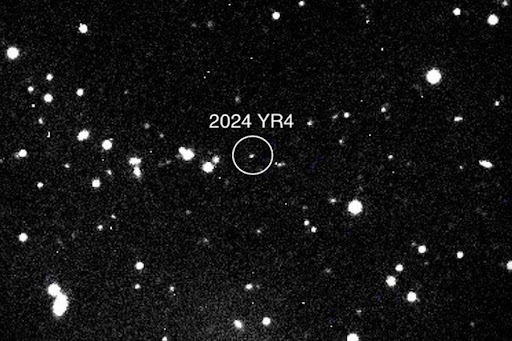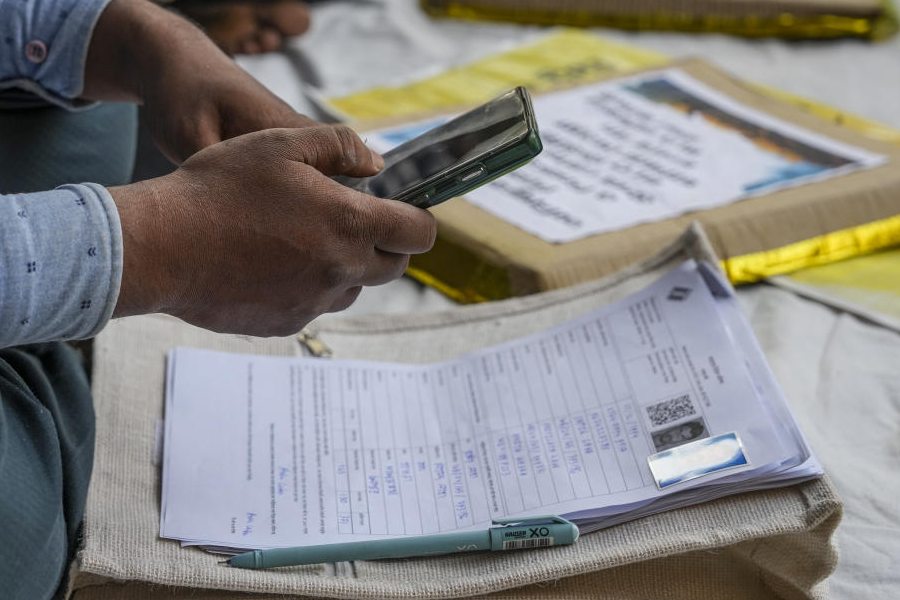Sorry, doomsday enthusiasts, the Earth is safe from an asteroid strike in the year 2032, according to Nasa.
The asteroid 2024 YR4, a space rock roughly the size of a football field, was moving through space, with a chance of slamming into Earth in 2032. At one point, the probability of impact hit 3.1 per cent.
That is the highest chance of collision with Earth that America’s space agency had ever recorded for an asteroid of this size.
Early estimates of the asteroid’s trajectory showed it could possibly slam into or explode in the air over large metropolitan areas, including Mumbai, India, and Lagos, Nigeria. If an asteroid this size struck Earth, it could level an entire city, with estimated impact zones including Mumbai and Lagos, according to Nasa scientists.
But now, Nasa has declared the danger over. The latest calculations show the odds have dropped to a mere 0.004 per cent, or one in 25,000.
In short: Earth is safe.
Nas confirmed the update in a post on its X (formerly Twitter) handle.
"The impact probability of asteroid 2024 YR4 has dropped to 0.004%. It’s expected to safely pass Earth in 2032," it said.
For Davide Farnocchia, a navigation engineer at Nasa’s Jet Propulsion Laboratory, the news was no surprise.
"I knew this was likely to go away as we collected more data," he said. "I was sleeping pretty well."
But for a while, astronomers weren’t so sure.
The threat began on December 27, 2024, when skywatchers first reported observations of 2024 YR4.
Early calculations suggested a more than 1 per cent chance of impact—an alarmingly high number for a space rock of its size.
As more data rolled in, the odds steadily climbed: 1.2 per cent, then 2 per cent, then a peak of 3.1 per cent last Tuesday.
Farnocchia explained that this pattern is common. When an asteroid is first discovered, its path is uncertain. More observations refine its trajectory...sometimes revealing that the object was never a real threat at all.
While Earth is out of harm’s way, there’s still one more target in 2024 YR4’s path: the moon.
Nasa says there’s a 1.7 per cent chance the asteroid could collide with the moon.
If it does, it would leave yet another crater on the moon’s already speckled surface.
Astronomers from NASA will continue tracking the asteroid’s path now. By April, 2024 YR4 will disappear from view until 2028.
As news of the asteroid’s diminished threat spread, reactions on X ranged from relief to humour.
One remarked: "Aliens decided to give us another chance." Another wrote: "Appreciate the update, was about to stop paying bills."
For Nasa, this was more than just a close call.
"The asteroid is going to do what it’s going to do," Farnocchia said. The fact that the astronomers found it and ruled out a threat so far in advance is a good sign to him.
“We're doing what we’re supposed to do to deal with the risk of asteroid impacts," he added.










